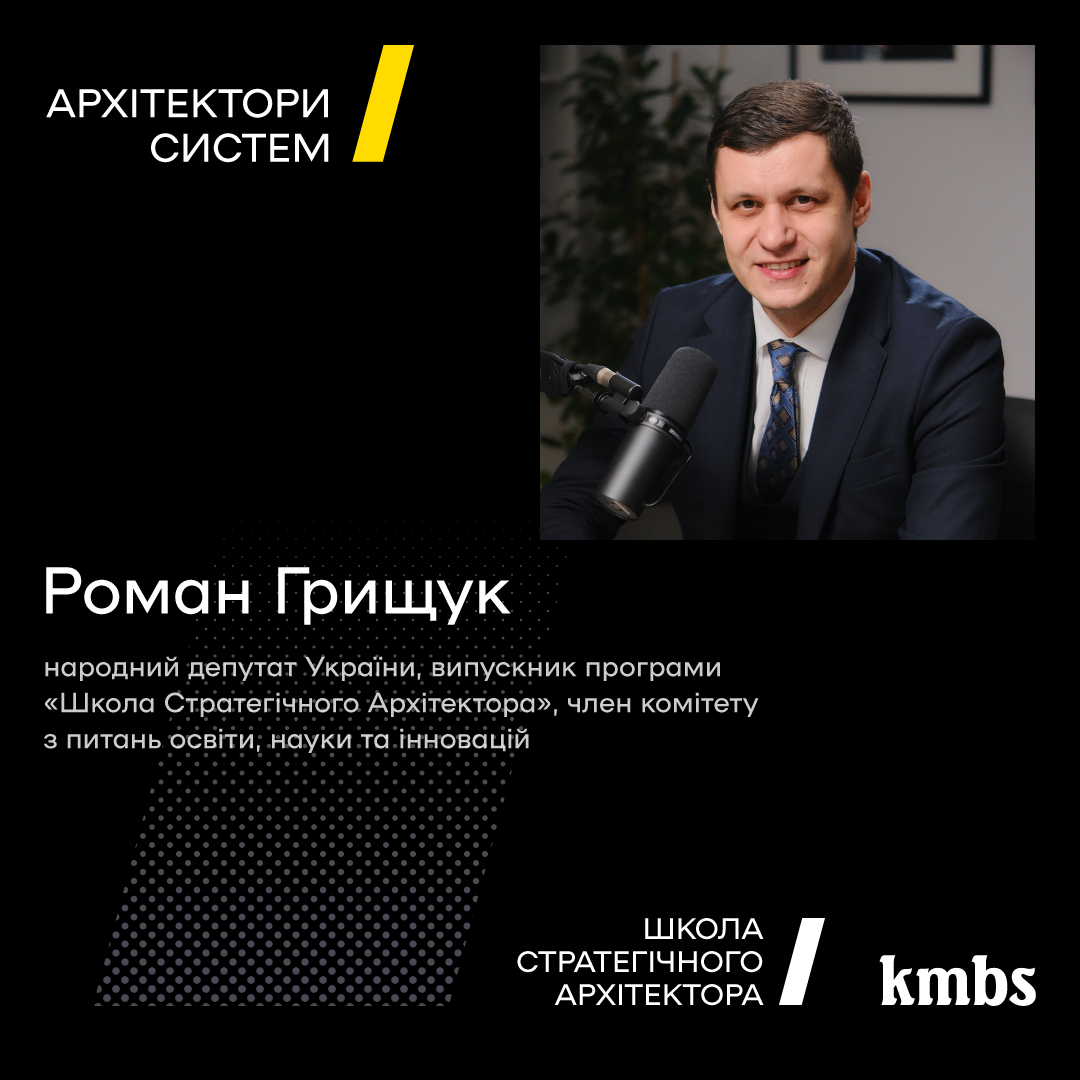Learn first
KMBS latest news in real time

For the latest KMBS events and news, visit KMBS Live at the top right corner of the screen
Open kmbs livedates of programs start
22/4/2025
Format
4 modules
10:00 – 18:00
cost
81 000 uah
Program's Target Audience: CFOs, business analysts, investment advisers, top managers and business owners who
What does the Program provide?
understanding how a companyʼs flexibility affects its value
ability to measure the impact of factors on a companyʼs sales and to forecast them taking into account macroeconomic indicators
ability to use modern investment criteria for making business decisions related to buying a business, evaluating new areas of business, etc
ability to use different ways to build motivational plans for employees depending on their qualifications that increases a companyʼs profits
The structure of the program
MODULE 1 (April 22-24)
Economic thinking. New paradigms
MODULE 2 (May 19-20)
Factor analytics and forecasting. Client analytics.
MODULE 3 (June 16-17)
Optimization and market analytics. Analytics in market competition models.
MODULE 4 (July 7-8)
Investment analytics. Risk management.
Faculty
Yevhen Pentsak
more details
CORE
cost
81 000 uah
Apply for the program
Let me know about next date
For more information about the program, please contact
Yelyzaveta Nikitchenko
Call:
Write:

Find out kmbs news and events first
kmbs
live

Новий подкаст: "Стратегічна гнучкість: як аналітичне мислення допомагає адаптуватись до мінливих умо ...
Nearest programs in which participates
back
forward










